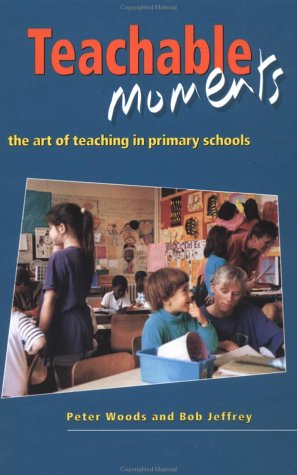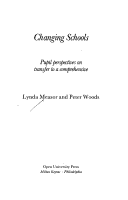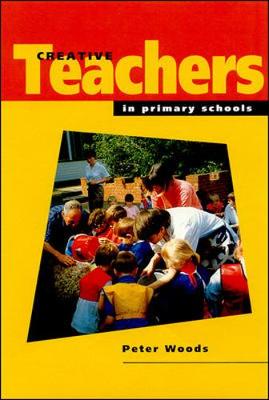Routledge Revivals
4 total works
This title was first published in 2000: Effective service provisions for young people are often said to be the key to Community Safety planning yet research frequently shows young people as over-controlled yet under-protected. Taking up this dilemma, this work draws upon a large survey of young people's attitudes...
Read moreThis title was first published in 2000: Effective service provisions for young people are often said to be the key to Community Safety planning yet research frequently shows young people as over-controlled yet under-protected. Taking up this dilemma, this work draws upon a large survey of young people's attitudes towards the opportunities facing them and the communities in which they live. The book explores many aspects of young people's lives that adult society finds so disconcerting or threatening or which agency service providers find so difficult to address. The results of these surveys are contrasted with surveys amongst key agency personnel - social services, education, housing, police and the youth service - developing contrasting perspectives on "young people's needs". These findings are then further contrasted with a survey of adult community reactions, revealing markedly different levels of tolerance and intolerance. Discussion of the research findings is situated within a critical review of existing youth diversion and community safety policy initiatives which, by listening to young people and resisting the "demonization" of the young, attempts to take a fresh look at the contemporary "youth question".
Changing schools at 11 or 12+ is a critical, often traumatic event in a pupil's career. Earlier studies had looked at this transitional stage from the schools' point of view, in the light of institutional aims and objectives. Originally published in 1984, this richly detailed and readable study looks...
Read moreChanging schools at 11 or 12+ is a critical, often traumatic event in a pupil's career. Earlier studies had looked at this transitional stage from the schools' point of view, in the light of institutional aims and objectives. Originally published in 1984, this richly detailed and readable study looks at it from the pupils' point of view: it illustrates their perceptions of the transfer, their anxieties and their experiences.
The book is the result of a research project, in which children transferring from a typical middle school to a typical comprehensive in a Midlands town were observed over a period of eighteen months. The authors reveal various ways in which children adjust to a large, more complex school organisation, to new forms of discipline and authority, and new demands in school work. They emphasise the significance of teenage culture during this period, and identify an important area of interplay between school culture and sub-culture. They pay special attention to gender identities, and the ways in which these affect pupils' responses to different subjects in the curriculum.
Finally, they consider the theoretical and policy implications of their survey, and make positive recommendations for improving school and classroom practice at both primary and secondary level.



